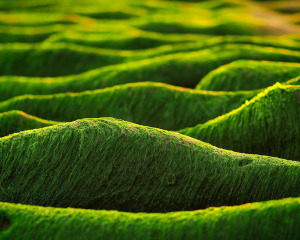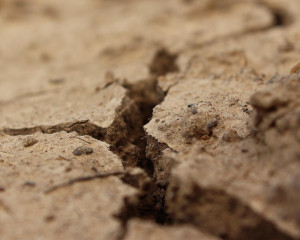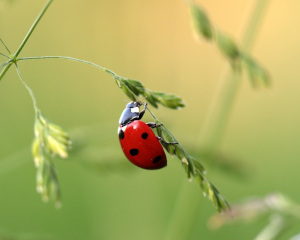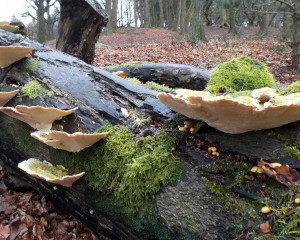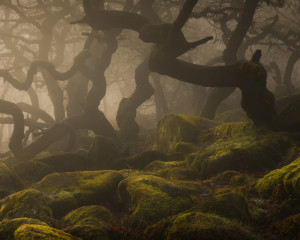
“CO2 is plant food”,
The Good, The Bad, and the Ugly
By Lewis Ziska
Sign up for our monthly newsletter!
When I was born, the carbon dioxide (CO2) levels were about 315, 320 parts per million. Today, they are around 420ppm, increasing by about 30%. With another 50% expected by the end of the century.
So? Who gives a flying fig if CO2 is 300 or 400 or whatever?
There are two reasons. The first one you already know about. CO2 absorbs heat. The more you put in the atmosphere, the warmer things get. And those consequences make the daily headlines.
Before I segue to the second reason, I need to mention a part of biology that I am inordinately fond of. Plants. You know, those green bits that provide food, medicine, clothing, violins and, oh yeah, oxygen. I appreciate the focus on starving polar bears, and rising sea levels, honest, but for the rest of this essay, let’s spend a moment asking about how rising CO2 could affect plants—for the simple reason that whatever effects plants effects life—all life.
Obviously, warmer temperatures are going to have a BIG effect on what plants grow, where they grow, and how they grow. No question. So rising temperatures, warming poles, spreading deserts will impact plants, and ecosystems everywhere.
But so does the second reason. CO2 is not only a global warming gas; it is the sole source of carbon for life—for plants. Come with me now to that boring afternoon in middle school, when the teacher made you grow bean plants in jars against the windowsill. Did they talk about what plants need to grow? Do you remember? Plants need: (a) light; (b) water; (c) nutrients (nitrogen, phosphorous, etc.) and… CO2.
Plants evolved at a time when carbon dioxide was much higher than it is today. The world was much warmer, the sun was a little dimmer, but basically the CO2 levels were 800 to 1,000 parts per million. Much less than today’s concentration. So plants are hungry. Hungry for carbon. And as it increases, they respond.
One of the most ingenious precepts of Climate Deniers is that rising CO2 isn’t bad, it’s good—no GREAT! Why? Here is a sample from a Wall Street Editorial: “We are living in an increasingly lush environment of plants and animals as a result of the carbon dioxide increase. This is a wonderful and unexpected gift of the Industrial Revolution.” Of course in modern day parlance, this is much too long, so this abbreviated, punchier version was introduced: “CO2 is plant food”.
It is a beautiful, scientifically valid, erudite piece of prose. It is uniquely designed to appeal to the most basic of environmental desires, to preserve nature, to promote greenery, to enshrine plants. A masterful Orwellian bit of psychology.
And it is among the most misleading and convoluted statements ever made. Why? Because it relies on a simple and faulty premise: Green is good. But what if it isn’t? What about poisonous plants? Weeds? Medicine? Ecosystems? What are the consequences? For the moment, let us fragment this meme into repercussions. Or in thematic terms, the Good, the Bad, and the Ugly.
The Good. If I go to Google and type in “CO2” and “Marijuana”, it won’t take long to figure out that adding more CO2 will enhance the growth and THC content of your plant. There are many websites discussing where to get CO2, how to apply it, when to apply it, etc. So, good right? In fairness, CO2 is also used extensively in greenhouses, to grow carnations, roses, etc.
While that might, kinda, sorta, seem good, let’s take another example. If CO2 can alter plant growth and chemistry, what might it do for say medicinal plants? Malaria is endemic for much of the sub-Sahelian region in Africa and kills about half a million to 600,000 people every year, most of which are children. There is no known medicine per se, but many years ago, the Chinese discovered qinghao, which we know as sweet Annie, (Artemisia annua) a common roadside weed. But a weed with potential— Artemisinin-based combination treatments (ACTs) are now generally accepted as the best treatments for uncomplicated falciparum malaria. As luck would have it, a colleague, Chunwu Zhu examined the role of recent CO2 increases during the 20th century and discovered that it was associated with an increase in artemisinin (Zhu et al., 2015). A definite good.
The Bad. But having written the word “weed” several times already, lets take a closer look at this bit of greenery. When you look at agriculture, and you look at food security, you may not recognize this, but weeds are in fact the number one constraint for production. We lose 10% of production in the United States from weeds. That increases to 25% under best management practices if herbicides are not used. So if you’re an organic farm, you lose about 25% of your yields. Weeds probably represent the greatest biotic constraint to crop production. A number of experiments have been done, and to no gardener’s surprise, weeds do better as CO2 increases. Needless to say, given current food constraints, a differential effect of CO2 making weeds stronger, falls into the bad category.
Wait—wait. What about weed killers?—why can’t I just buy some, I don’t know, “Round-up” and spray the weeds?
You can of course, but there is a hitch. It turns out that more CO2 can make weeds grow more, making them harder to kill. For example, Canada thistle, a pernicious perennial weed that can permanently infest fields, grows more roots when given more CO2. Why is that important? Well with more roots, the recommended dosage of round-up doesn’t work, it doesn’t kill the extra root growth, and the weed regenerates (Figure 1). Can I still kill it if I up the concentration and spray more? Yes. But there is a cost, both economic and environmental.
So, weeds also respond to CO2—and become harder to manage. Bad.
The Ugly. OK, so CO2 is plant food—but what if plants differ in response to the amount of food they’re given? What does that mean for biodiversity? For trees relative to vines? For grasses and broadleaf plants? For invasive plant species?
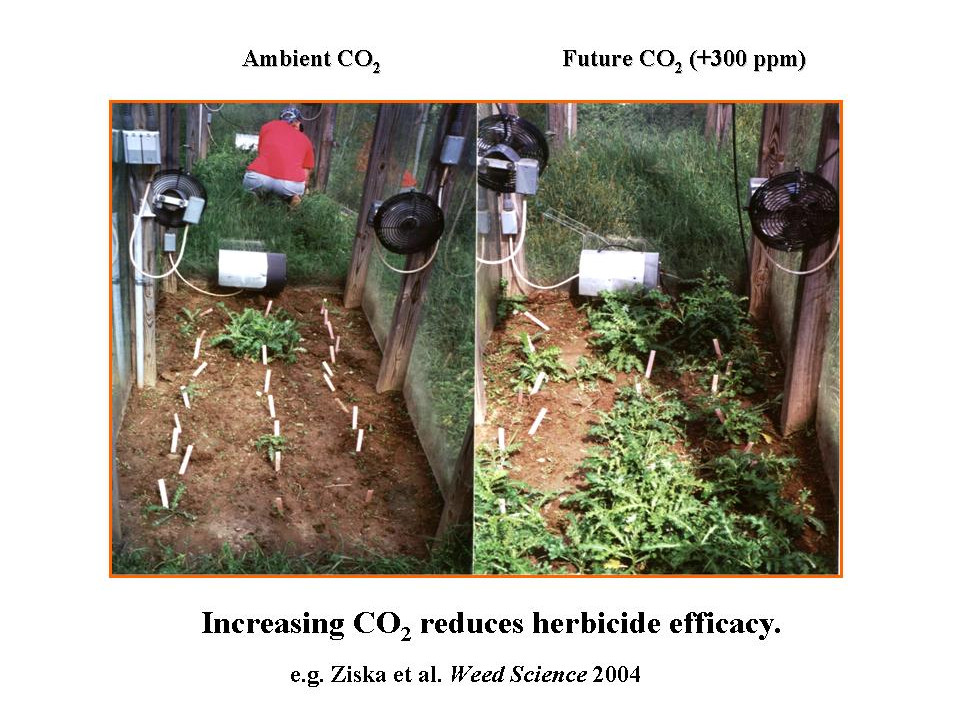
Let’s take a deeper dive into that last question. One of the most destructive plants in North America is cheatgrass (Bromus tectorum). It dominates over 100 million acres of the intermountain west, with a density of 10,000-13,000 plants per m2. How does it do this?
Fire. Cheatgrass can grow on very little water, is well suited to desert regions and can spread over vast terrain. In doing so it provides the necessary material for fire to spread. (It is referred to as Grassoline, by the National Park Service). The native vegetation which can take a fire every 50 years, can’t take a fire every 5 years—biodiversity declines and cheatgrass becomes dominant. Did I mention that it shows a strong response to more CO2, which can increase its flammability (Ziska et al., 2005)?
There are other ugly transgressions of CO2 as well. One of the popular photos shown on climate denier websites is one of loblolly pine responding (growing taller) in response to more CO2 (https://www.masterresource.org/carbon-dioxide/increased-plant-productivity-the-first-key-benefit-of-atmospheric-co2-enrichment/ ) . But curiously, few show the results of a study of a loblolly pine forest grown with more CO2 at Duke University. Why? Well, because when the entire forest is given CO2, loblolly pine isn’t the species showing the most growth. The winner? Poison ivy (Mohan et al., 2006).
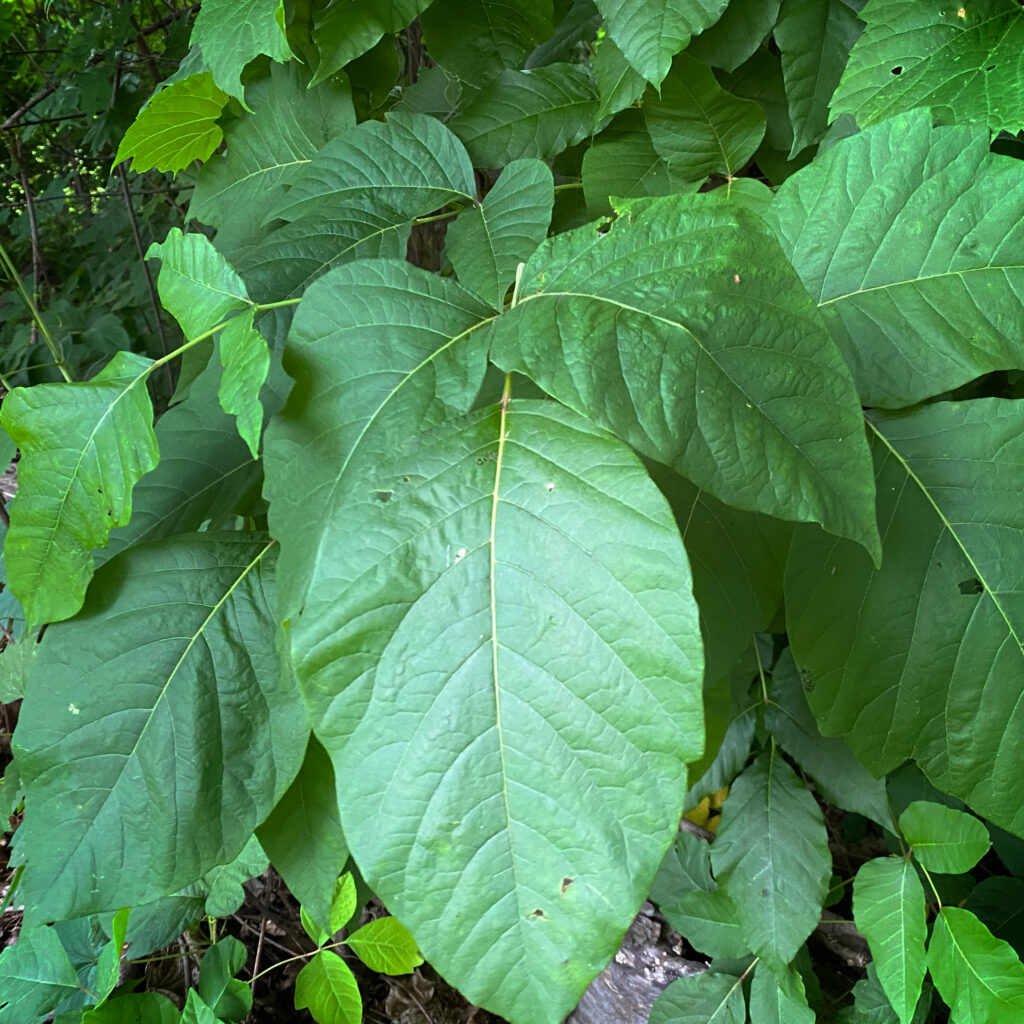
As plants respond to more CO2, the response will invoke a number of responses that will result in transformations of life as we know it. For humans, it won’t be just poison ivy. There is a large data set indicating that more CO2 will also result in general declines in human nutrition from crops. That it will exacerbate malnutrition. There is data indicating that pollen and asthma are exacerbated by more CO2 and warmer temperatures. That pesticide use will increase as weeds become more prolific. That other medicinal plants, especially narcotics, may become more prolific.
Yes, CO2 is plant food. A brilliant meme that has kept us from investing and researching about the other reason we should care about rising CO2—that the direct effect of rising CO2 will, no matter what climate change does, affect all life on the planet, including yours.
Lew Ziska is an Associate Professor at Columbia University’s Mailman School of Public Health, his new book, “Greenhouse Planet” will be available on November 1, 2022.
Mohan, J.E., Ziska, L.H., Schlesinger, W.H., Thomas, R.B., Sicher, R.C., George, K. and Clark, J.S., 2006. Biomass and toxicity responses of poison ivy (Toxicodendron radicans) to elevated atmospheric CO2. Proceedings of the National Academy of Sciences, 103(24), pp.9086-9089.
Zhu, C., Zeng, Q., McMichael, A., Ebi, K.L., Ni, K., Khan, A.S., Zhu, J., Liu, G., Zhang, X., Cheng, L. and Ziska, L.H., 2015. Historical and experimental evidence for enhanced concentration of artemesinin, a global anti-malarial treatment, with recent and projected increases in atmospheric carbon dioxide. Climatic Change, 132(2), pp.295-306.
Ziska, L.H., Faulkner, S. and Lydon, J., 2004. Changes in biomass and root: shoot ratio of field-grown Canada thistle (Cirsium arvense), a noxious, invasive weed, with elevated CO2: implications for control with glyphosate. Weed Science, 52(4), pp.584-588.

As Ireland transitions from the rich, smoky scent of peat-burning to a more sustainable future, its olfactory heritage is evolving. What will become the next iconic aromatic symbol of Ireland?
Click to watch the documentary trailer.


